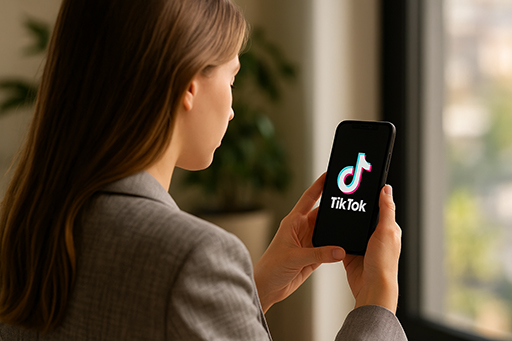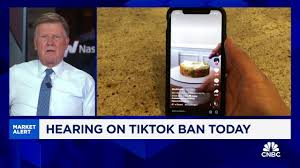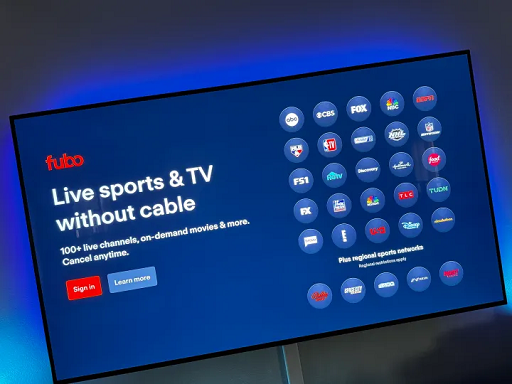TikTok is testing a new ad feature called "Engaged Session," allowing brands to retarget users based on how long they've been on the site. This tool has the potential to revolutionize conversion tracking, eliminating the need for advertisers to rely on pixels to measure user behavior. This tutorial will explain the feature's functionality, how it works, potential privacy concerns, and how advertisers can prepare to capitalize on this TikTok advertising trend.
TikTok is testing a new ad feature called "Engaged Session," allowing brands to retarget users based on how long they've been on the site. This tool has the potential to revolutionize conversion tracking, eliminating the need for advertisers to rely on pixels to measure user behavior. This tutorial will explain the feature's functionality, how it works, potential privacy concerns, and how advertisers can prepare to capitalize on this TikTok advertising trend.

What is TikTok's "Engaged Session"?
TikTok is currently testing a new advertising feature called "Engaged Session," which aims to help brands identify users who are genuinely interested in their products. Specifically, the feature allows advertisers to retarget users who stay on the brand's website or landing page for at least 10 seconds after clicking on an ad.
The core logic of this function is:
"Dwell time = potential purchase intent."
Based on the information currently disclosed, Engaged Session will focus on providing the following core metrics:
Total Engaged Sessions
Cost per Engaged Session
These metrics will be more closely aligned with data from third-party tools such as Google Analytics and Adobe Analytics, helping brand owners more accurately assess the contribution of advertising to the purchase path.
What are the practical uses of "Engaged Session"?
Although still in beta, Engaged Session is poised to be a significant turning point for TikTok advertising for several reasons:
1. Accurately target high-quality users
Not all users who click on your ad will make a purchase, but those who stay on your website for at least 10 seconds mean they are actively browsing your content and have a much higher conversion potential.
2. No traditional tracking pixels required
This feature is designed not to rely on traditional tracking pixels, which is an attempt at a "non-invasive" tracking method in today's increasingly privacy-sensitive environment.
3. Comprehensive advertising coverage
Once launched, all TikTok ad placements will support this feature, which will be applicable to the "traffic" ad objective and cover a wider range of user paths.
How should advertisers plan ahead?
Even though it's not yet fully available, the potential of this feature is already evident. As a brand or marketer, you can:
Optimize the landing page content experience in advance: ensure that users can receive key information within 10 seconds and guide them to browse in depth.
Monitor user behavior data on the site: Combined with GA and other tools, determine the average stay time and conversion path, and optimize content structure.
Pay attention to TikTok ad backend notifications: Once Engaged Session is available, test and analyze performance immediately.
Why might it also be "controversial"?
But don't just look at the upside. The biggest controversy surrounding "Engaged Session" is that TikTok has long been targeted by multiple governments for excessive data tracking, and its use of a "non-pixel" method to track off-site behavior is bound to spark new discussions about compliance and privacy.
Although TikTok claims:
"We regularly test different features, some of which may not be launched in the end."
But once it is truly open to all advertising accounts, advertisers should pay attention to:
Compliance with local data protection laws (e.g. GDPR, CCPA)
Do you need to clearly inform users in the privacy policy?
Will it affect brand trust?
In short, think carefully before using it: how to balance accuracy and privacy?
What does this mean for advertising strategy?
In e-commerce and brand marketing, retargeting often has the highest conversion rates. This is because users have already shown interest, but haven't yet completed the conversion. Here are a few possible strategies to apply:
1. Launch "return visit incentive" ads
Push limited-time coupons and free shipping activities to users who have visited but not placed an order to increase the possibility of closing a deal.
2. Accurate content matching
If a user visits the "Summer New Products" page, push related outfit videos or user reviews to increase the sense of relevance.
3. Set different retention time periods for tiered marketing
For users who stay for 10-20 seconds, push product selling points to deepen their impression
Users who stay for more than 30 seconds → Push purchase instructions or limited quantity countdown
Future Development Forecast
TikTok emphasized that this feature is still in testing and has not yet been officially launched, but this is likely one of the future development directions of TikTok's advertising products:
Weakening technical barriers
Strengthen behavioral insight capabilities
Deep integration with third-party analysis tools
Once officially launched, Engaged Session will provide brands with an unprecedented "non-pixelated" behavioral tracking solution, reshaping TikTok's advertising logic.
Conclusion
"Engaged Session" is currently in beta testing, and TikTok hasn't officially announced a full launch plan. However, what's certain is that TikTok advertising is moving towards simpler, more accessible, and intelligent advertising. This is a trend worth watching for those looking to monetize their own independent websites and drive global external traffic.




